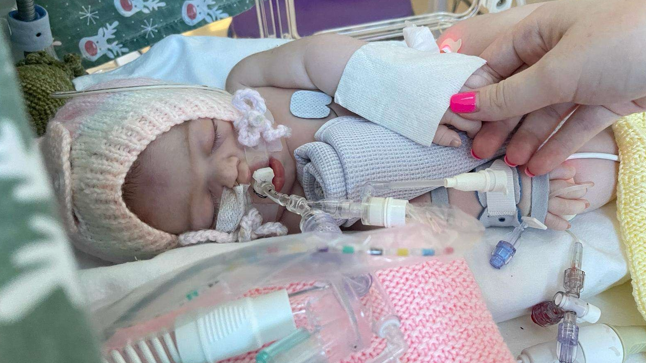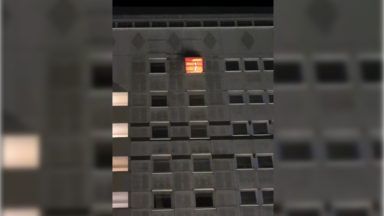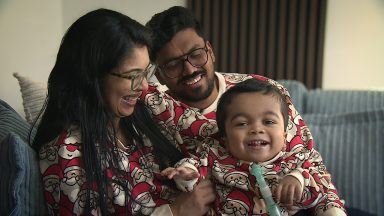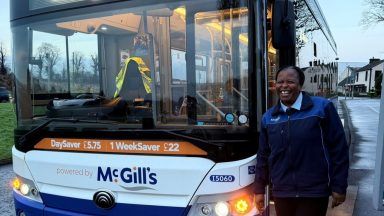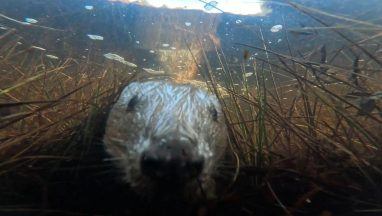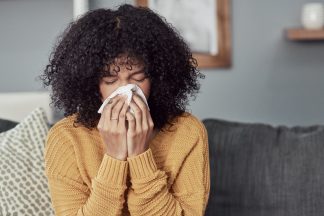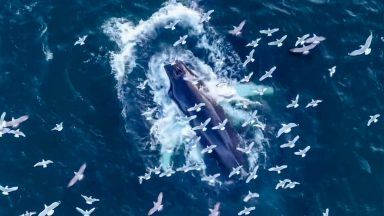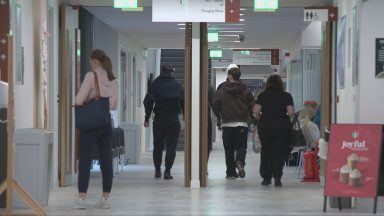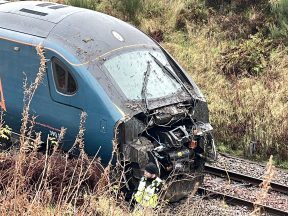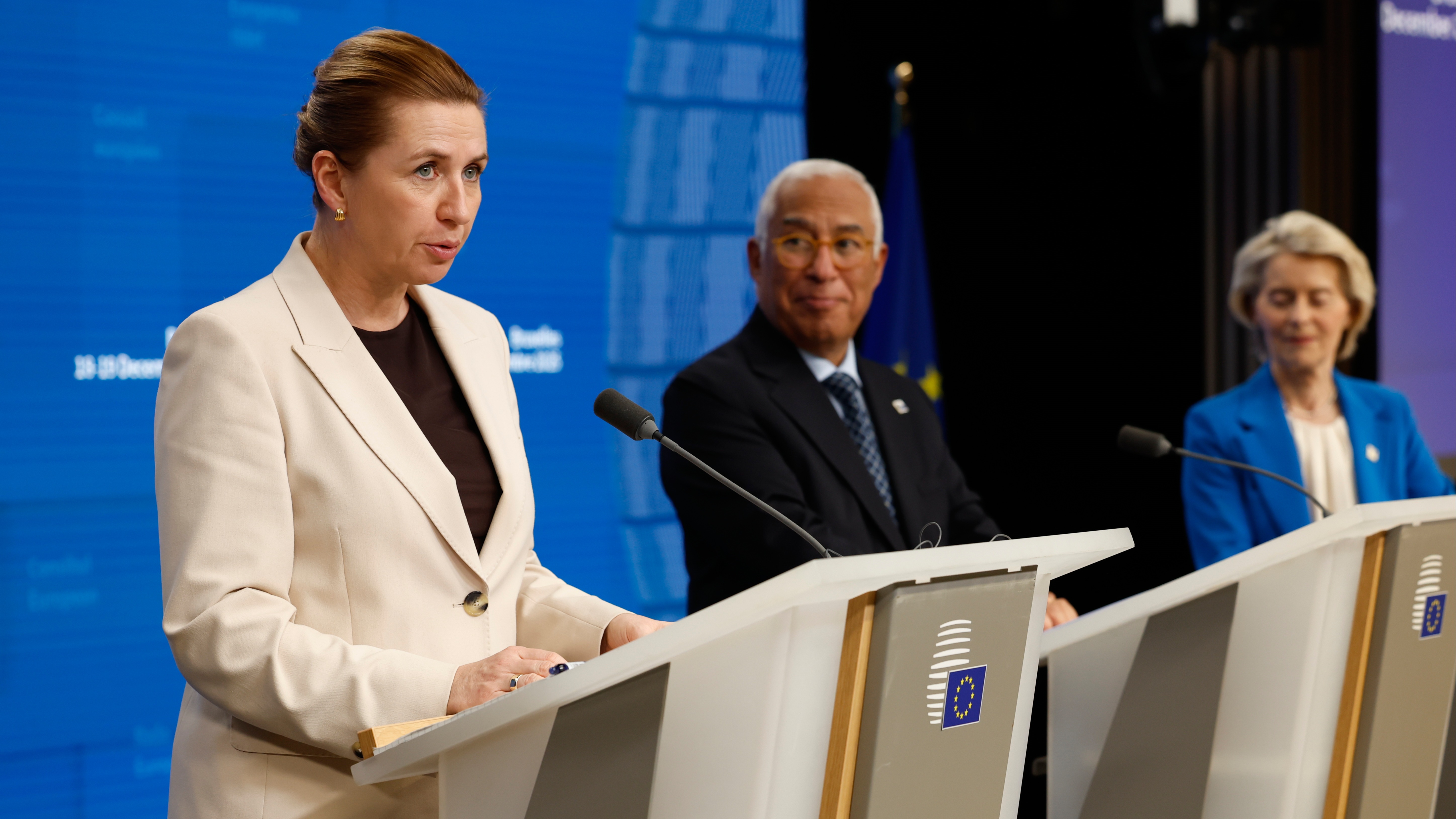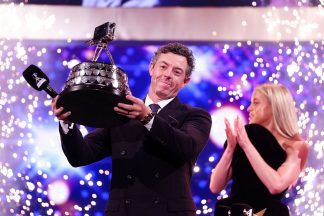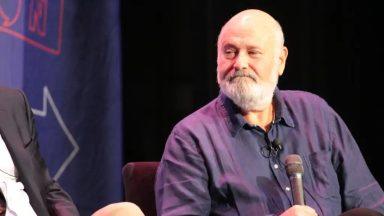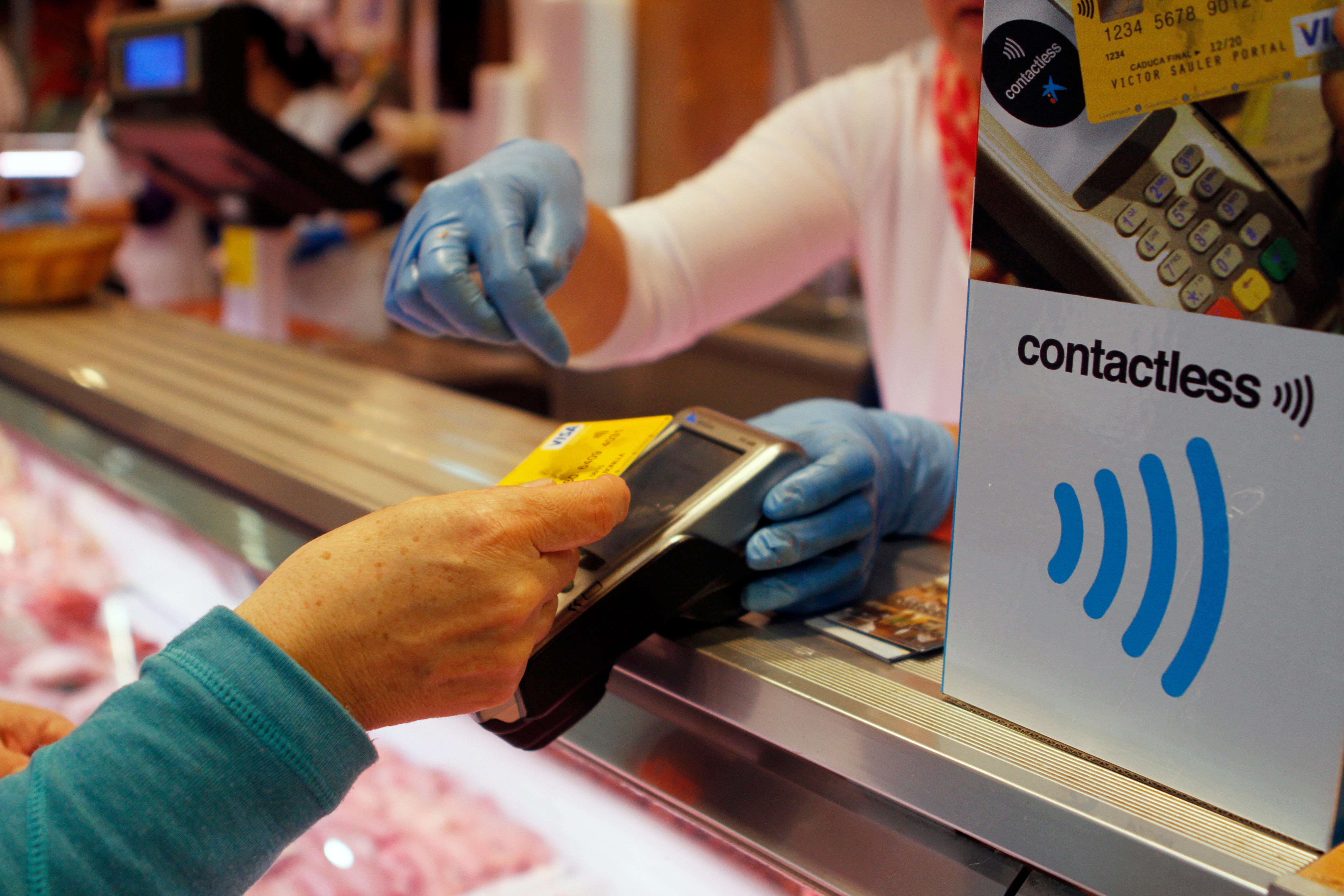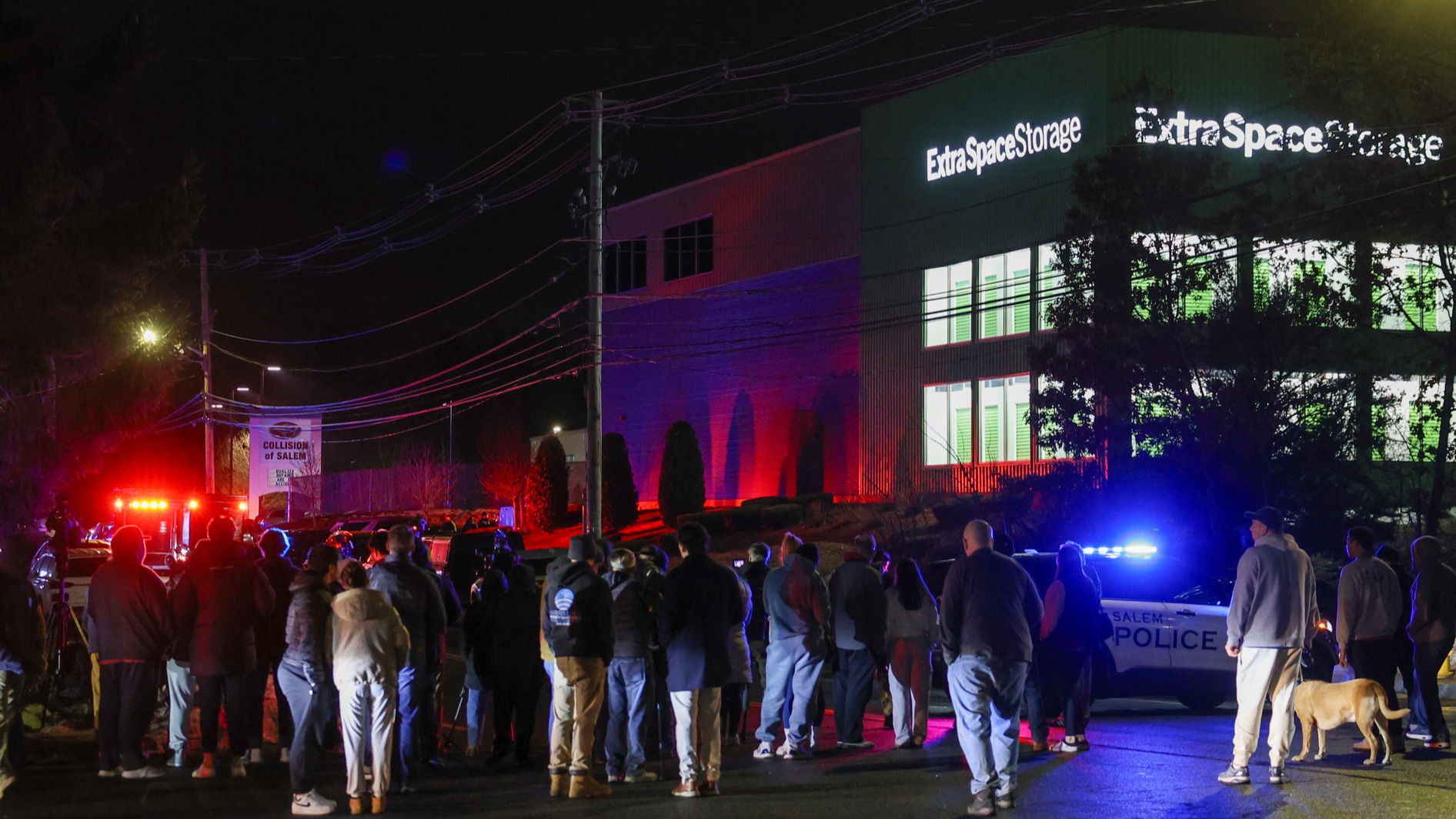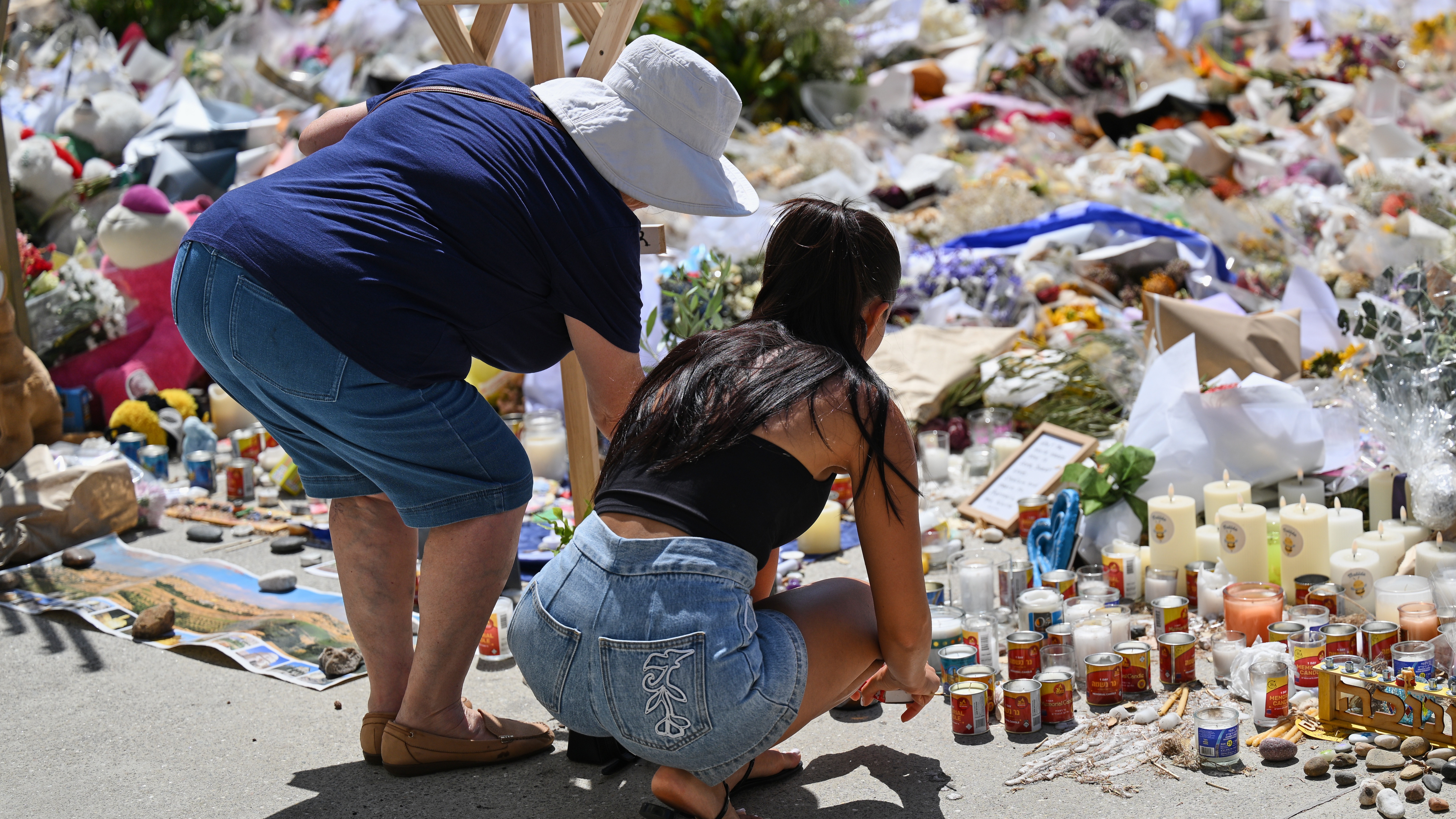The mother of a “cheeky” toddler who was born with a condition which meant her stomach and bowel moved into her chest has welcomed ground-breaking new research for children with the disorder.
Scientists have developed a system to deliver treatment straight to a baby while in their mother’s womb using nanodiamonds.
The system, which delivers a hormone that stimulates lung growth, was tested on lab-grown mini-lungs.
It is hoped being able to give babies this hormone will give children with severe congenital diaphragmatic hernia (CDH) better outcomes.
CDH is a potentially fatal condition affecting one in every 3,000 babies.

Among children with the condition, the diaphragm – the muscle between the abdomen and the chest – has not fully developed and as a result, organs that are supposed to sit within the abdomen can move into the chest space and crush fragile growing lungs.
This means babies do not have space to develop fully formed lungs.
In the most severe cases, and when left untreated, less than 25% of babies born with CDH will survive after birth.
The current treatment for severe cases involves surgery while the baby is still in the womb.
Surgeons delicately place a surgical balloon into the baby’s windpipe to stimulate the lungs to grow, but this only increases survival odds to 50%.
Researchers said vascular endothelial growth factor (VEGF) is a hormone which supports lung development in pregnancy but is significantly lower in the lungs of babies with the condition.
The international team of researchers, led by experts at Great Ormond Street Hospital (GOSH) and University College London in the UK and KU Leuven in Belgium, wanted to assess whether they could deliver this hormone to babies in a safe way.
Writing in the Blue Journal (American Journal of Respiratory and Critical Care Medicine), they describe how they created a microscopic delivery system made from nanodiamonds – carbon nanoparticles smaller than the thickness of a human hair.
To test the effectiveness of the delivery system, they developed lab-grown human mini-lungs with key features of CDH.

To mimic the compression of the lungs seen in CDH, the teams used 3D-printing directly around human lung tissue grown in the lab at the Zayed Centre for Research at GOSH, simulating the condition.
As well as testing the delivery system on the mini-lungs, scientists also tested it on rats with the condition and found the treatment was “complementary” to that achieved by standard care alone.
These experiments suggest giving the VEGF delivery system at the same time as the surgical balloon procedure led to the healthiest lungs.
Research is now under way to develop a delivery system that could break down as the baby grows, and experts hope further testing could lead to the treatment becoming a reality for patients and their families within five years.

Amelia Turner was given life saving surgery at GOSH for CDH when she was just a few days old.
Her mother, Georgia Turner said: “My pregnancy and birth was a complete whirlwind after Amelia was diagnosed with CDH – it wasn’t something I’d heard of before and then I realised how serious it was.
“I had extra scans and treatment at my local hospital, and the team hoped Amelia’s condition would only be moderate.
“Unfortunately, after Amelia was born, the clinical team told me how serious her condition was as her bowel and stomach had moved into her chest.”
Amelia spent four months recovering on the neonatal unit at GOSH and then a further three months at her local hospital before she could go home for the first time.
The “cheeky” 17-month old needed a second surgery after her CDH reoccurred when she was 15 months old.
Ms Turner, 26, from Croydon in south London, said Amelia is a “lot bigger and stronger” now and “coped well with the second CDH surgery”.
“I didn’t have any big warning signs from Amelia that her CDH had relapsed which was really worrying.
“New research like this is great to see how experts are trying to make the treatment for CDH more successful for all children, and less invasive. Hopefully better treatments will also prevent relapse cases like Amelia.”
Co-lead author, GOSH surgeon and associate professor of paediatric surgery at UCL Great Ormond Street Institute of Child Health Dr Stavros Loukogeorgakis said: “Nanodiamonds, 3D-printing and growth hormones in the womb all sounds a bit science fiction we know.
“But this research is really showing us what is possible.
“As the saying goes: ‘diamonds are forever’, so we now want to create a delivery system that would break down as the baby grows, this isn’t an insurmountable problem, and we could be in a place to offer this to the first families in as little as five years.”
Professor Jan Deprest, fetal surgeon at UCLH and KU Leuven, added: “This study shows two essential things – first, this new treatment is likely to boost the effect of the surgery before birth we can offer today.
“Second, that we can mimic the condition with miniaturised lungs derived from the unborn baby in the laboratory, so that we can test before birth drugs that could save its life after birth.”
Follow STV News on WhatsApp
Scan the QR code on your mobile device for all the latest news from around the country


